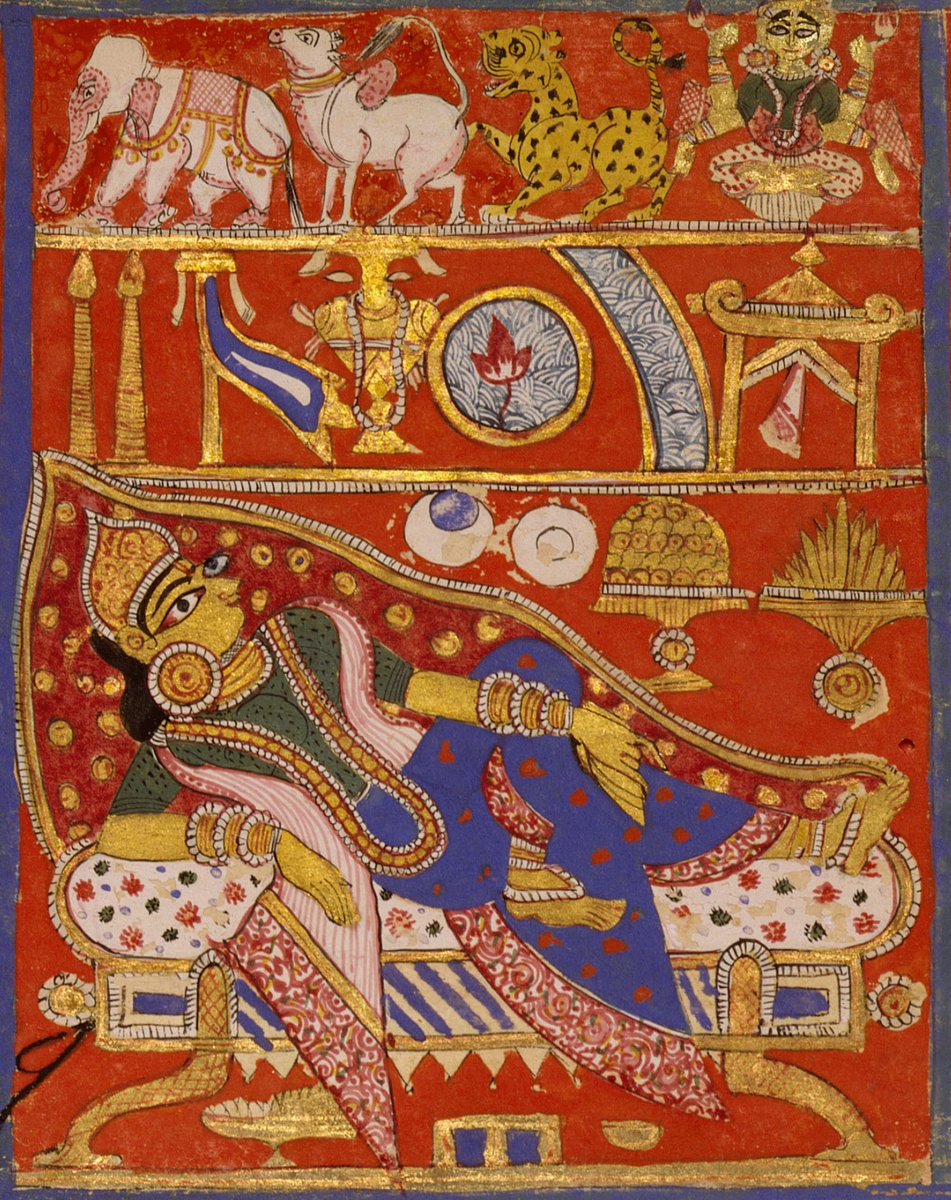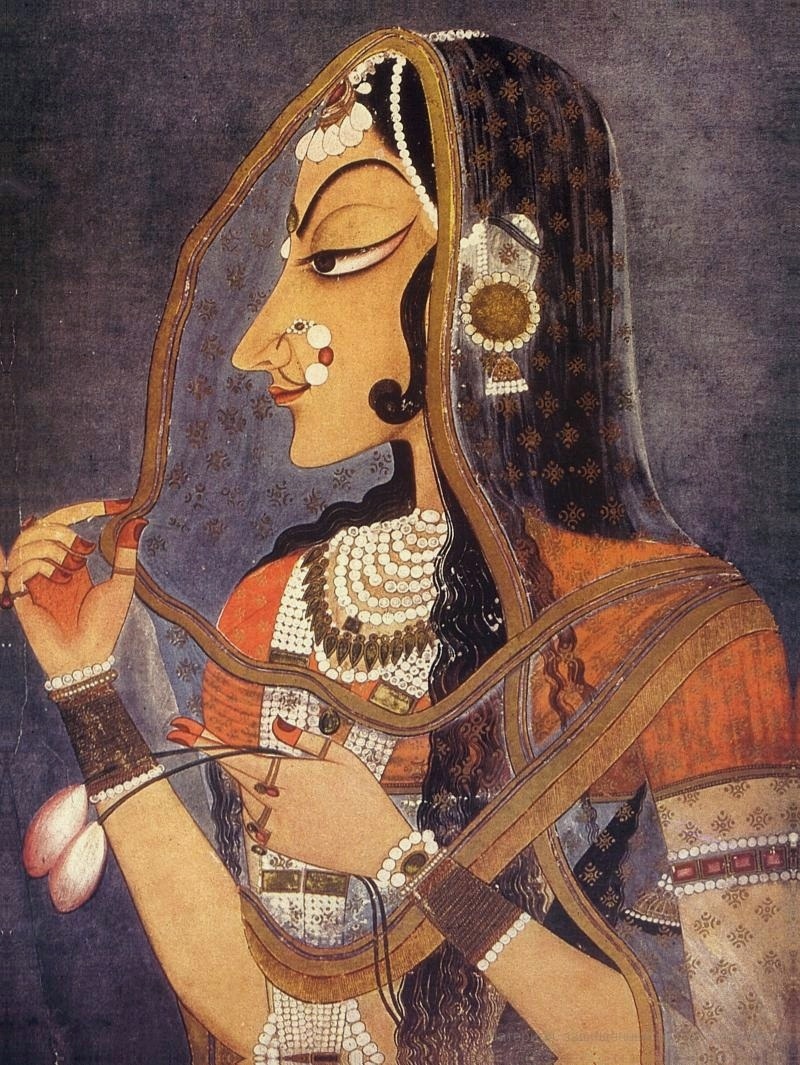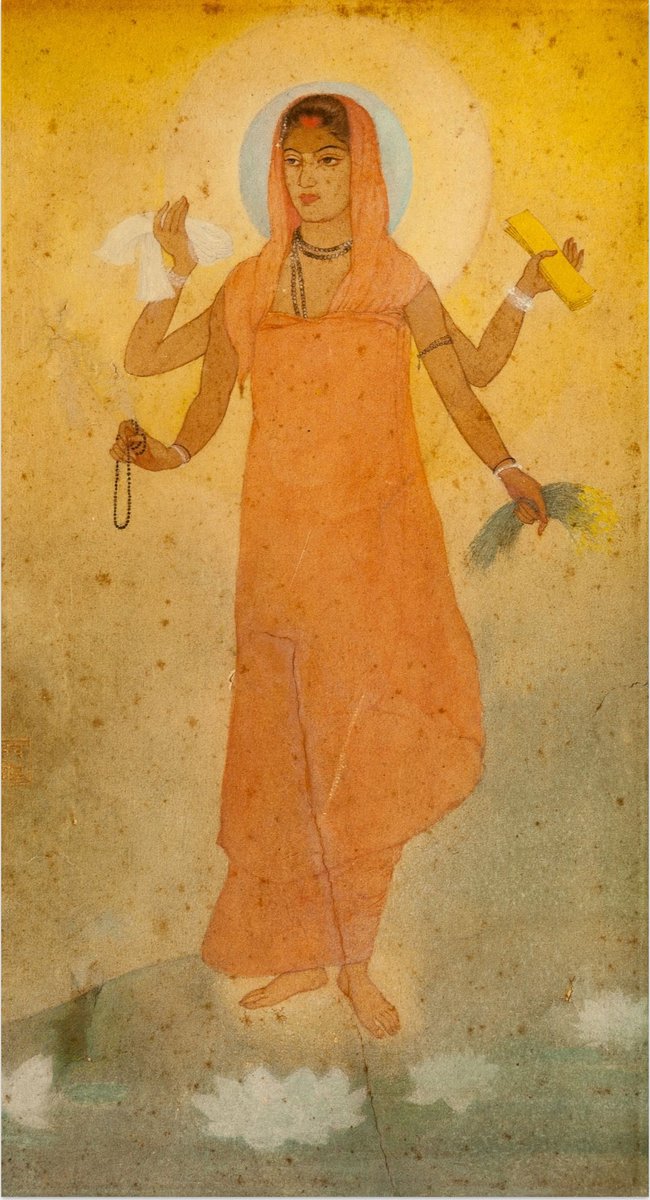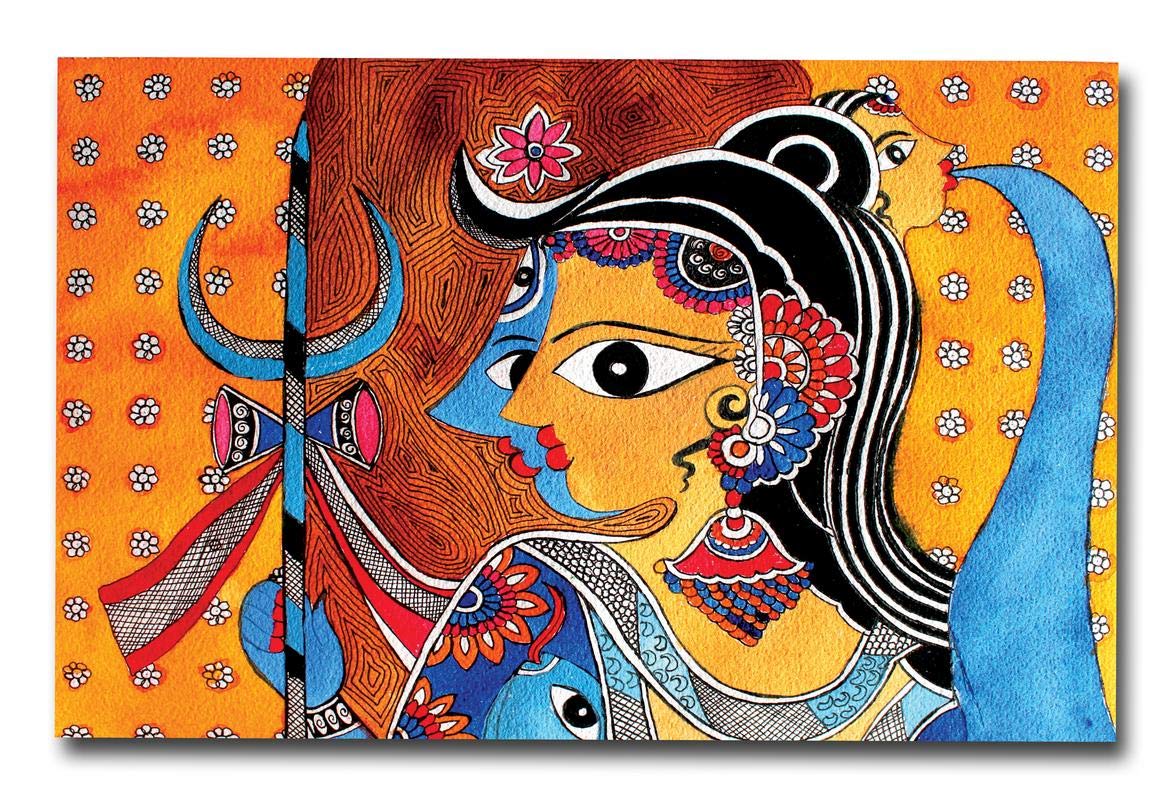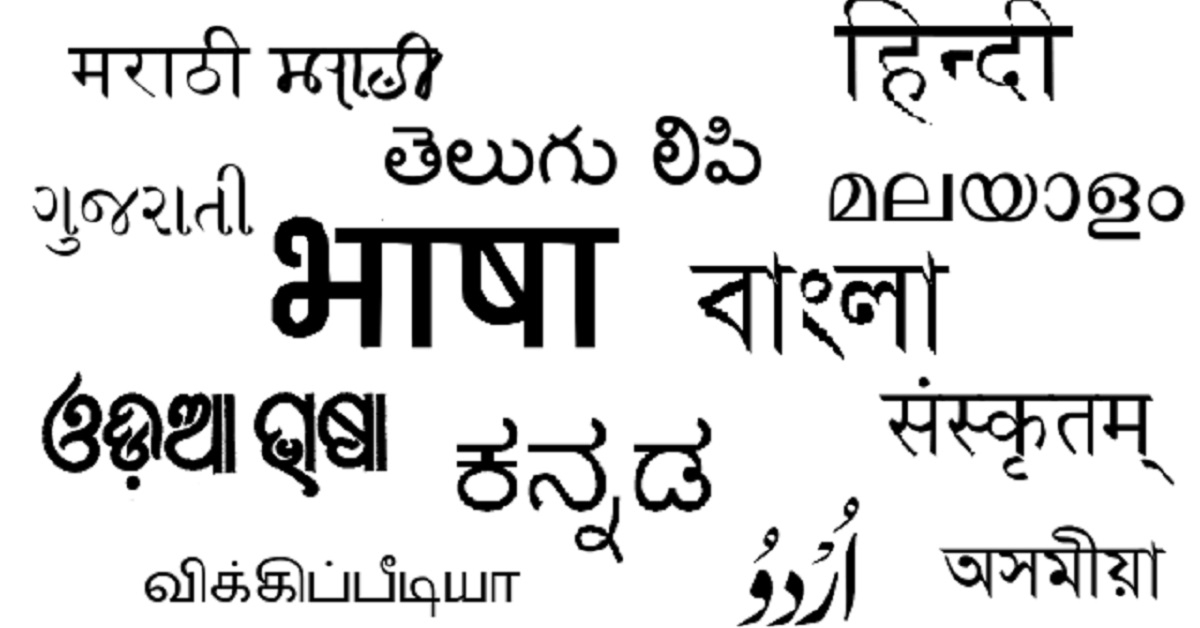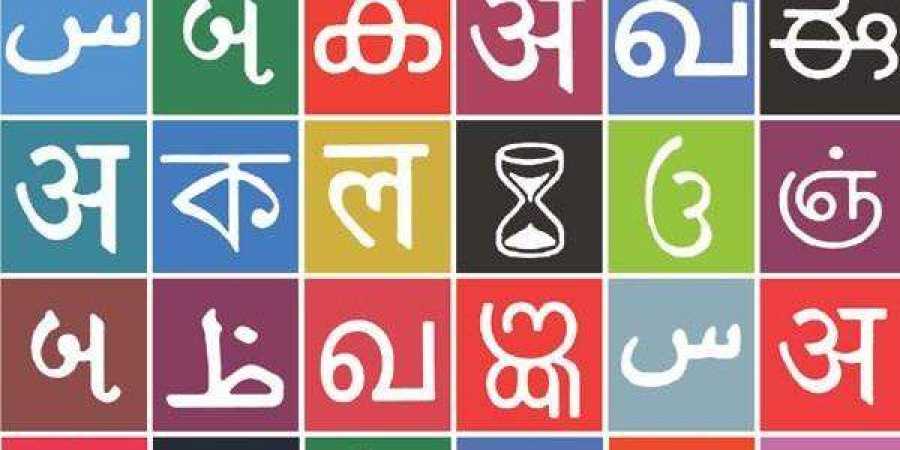Paleolithic period (50000-10000BCE)
- Ochre or geru mixed with lime and water
- Used different minerals to make colours
- Use of white, dark red & green color to depict huge animals (bison, rhino, elephant, rhino etc.)
- Use of red colour, smaller paintings
- Paintings of group hunting, grazing activities, riding scenes
Chalcolithic Period (4000-2300 BCE)
- Green and Yellow colour Battle scene – men riding horses and elephant carrying bow and arrow
Murals - huge works executed on the walls of solid structures
Ex. Ajantha & Kailasantaha temple.
Miniature - very small scale on paper, cloth, etc
Ex. Rajasthani & Mughal miniatures
- A technique of mural painting executed upon freshly-laid lime plaster
- Water is used as the vehicle for the pigment
- With the setting of the plaster; the painting becomes an integral part of the wall.
- Carved in 4th cen CE ; set of 29 caves; horse-shoe shape
- Completed under mauryan empire took 4-5 centuries
- Cave 9,10 – Shunga period ; rest – gupta period
- both mural and fresco painting
- Tempera style – use of pigments
- executed on books and albums
- The Palas of Bengal were the pioneers of miniature painting in India.
- reached its zenith during the Mughal period
- should not be larger than 25 sq inch
- pointed nose and slim waist
- Raj. Miniature – Skin is brown, Mughals – fairer
- Lord Krishna – blue,
- Eyes and hairs – Black
- classical ragas and Seasons or baramasa
- Tuti-nama - first art work of the Mughal School.
- Akbar’s reign (1556–1605) ushered a new era in Indian miniature painting- Tasvir Khana - Persian master artists, Mir Sayyed Ali & Abdus Samad.
- Aurangzeb had no taste for fine arts. – decline in painting activities
- Most significant are Hamza Nama, Razm-Nama or “The Book of War”, Akbar Nama
- Hamzanama → Stories of Amir Hamza, illustrated by Mir Sayyid Ali
- Mughal artists of inferior merit who were no longer required by the Mughal Emperors, migrated to Rajasthan
- Rajasthani style prominent features → bold drawing, strong and contrasting colours
- text of the painting is written in black on the top against the yellow ground.
- Closely associated with Mughals
- Dhundar school – folk style – amer palace
- At Zenith in period of Sawai Pratap Singh 18th cen – Suratkhana
- Bhagwata purana, Ragamala, Ramayana, etc
- Comprises the present State of Himachal Pradesh, some adjoining areas of Punjab, the area of Jammu, & Garhwal in Uttarakhand
Gita govinda, Bhagwat purana, Satsai of Biharilal and Nal Damayanti
- The Kangra style continued to flourish at various places namely Kangra, GuIer, Basohli, Chamba, Jammu, Nurpur and Garhwal etc.
- Depiction of hindu god, goddess
- Two or more figures
- One figure predominates
- Use of Gesso Paste – Mixture of Zinc oxide and Arabic gum
- Use of muted colour, not so bright
- Has five distinctive styles – Bharni, Katchni, Tantrik, Godna and Gobar
- GI Tagged, Jagdamba Devi of Jitbarpur village awarded
- Gods are painted blue, evil characters in red and green.
- Yellow is used for female figures and ornaments.
- Red is mostly used as a background
- Main centers – Srikalahasti, Machilipatanam
-Indian Art & Culture by Gaurav Agarwal
-Indian Art & Culture by Nitin Singhania
-CCRT
-Jiva Somya Mhashe
-India.gov.in
-indianculture.gov.in










